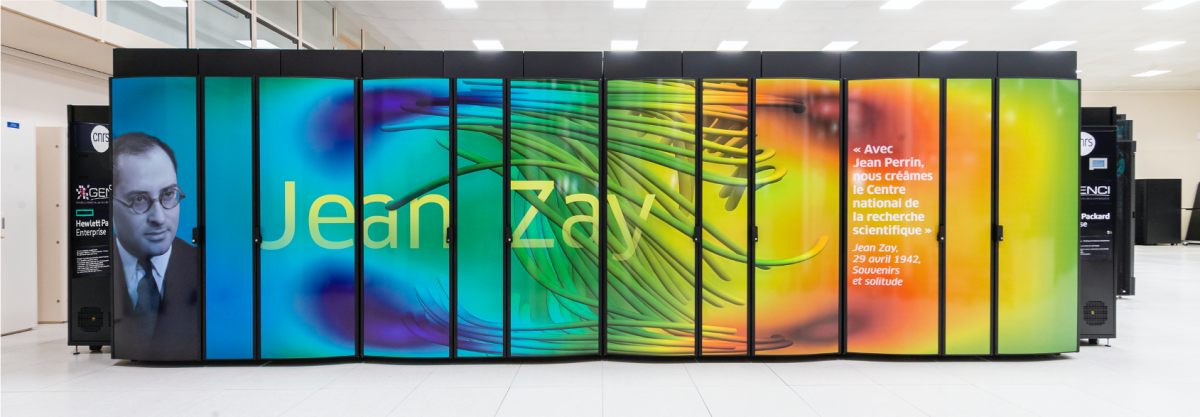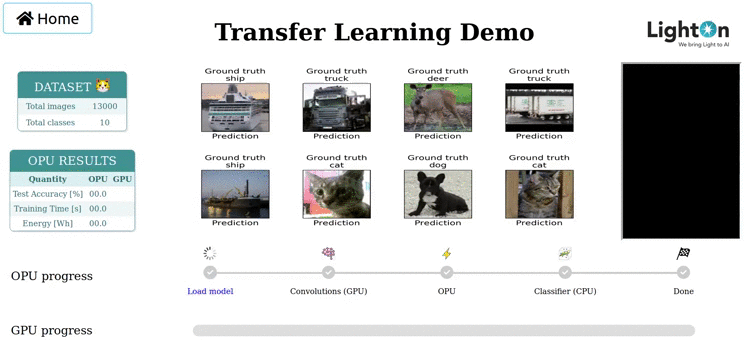EU Announces World's First Integration of a Photonic Co-Processor in HPC
LightOn, a company specializing in photonics processing, has announced the world's first integration of its "Appliance" Optical Processing Unit (OPU) in France's Jean Zay supercomputer. This marks the first time that a photonics coprocessor (which transmits and processes information via light instead of electrical current) is integrated in a High Performance Computing (HPC) scenario - and in a Top500 machine (currently ranked 105th), no less.

LightOn's photonics products were first deployed in a data center four years ago, integrating the technology into already-existing computing infrastructure. With data processing requirements booming on account of recent advancements in Machine Learning and AI applications, computing is becoming more and more heterogeneous - and more specialized. This opens the door to ecosystems featuring multiple architectures and accelerators (CPUs, GPUs, TPUs, OPUs...), all working in tandem to deliver the best performance. System complexity does increase, but so does performance and efficiency. One area that photonics processing excels in is COVID research - specifically in Molecular Dynamics Studies, an area of computing which is particularly performant on photonics accelerators due to their incredibly low latency times.

LightOn's Appliance is an integrated computing unit that's built into a 2U form factor for quick and easy integration. Powered by LightOn's Aurora 2 OPU, the Appliance can reach a peak performance of 1.5 PetaOPS at 30 W TDP. In certain scenarios, that means the Aurora 2 is capable of processing up to 1,900 dense matrix-vector multiplications per second.
LightOn claims its Appliance coprocessor can deliver performance that's 8 to 40 times higher than GPU-only acceleration. However, other photonics products such as Lightelligence's PACE (still in demo stages) have claimed performance uplifts that are hundreds of times that of conventional semiconductor hardware. And because photonics doesn't use electrical current for information processing, there's no Ohmic heating - this means higher efficiency and more palatable running costs.
This is but the first such integration of photonics in an HPC scenario, but it sure won't be the last. It seems AMD was right: heterogeneous is the future. It's just that the future sometimes comes later than expected.
Get Tom's Hardware's best news and in-depth reviews, straight to your inbox.

Francisco Pires is a freelance news writer for Tom's Hardware with a soft side for quantum computing.
-
Endymio Another article: another round of errors. The only "world first" here is the release of this particular company's photonics processor -- several other startups have near-identical offerings. The integration also apparently won't be live for a few more months. Finally, the "EU" made no announcement, nor does it seem they would, as Jean Zay is I believe a French-owned platform, not a collaborative venture.Reply -
wildllama Well actually this photonic co-processor was physically installed into JeanZay on Nov 17th, and is now live. While it's true that several startups have competing technologies, none of them have reached this stage yet.Reply